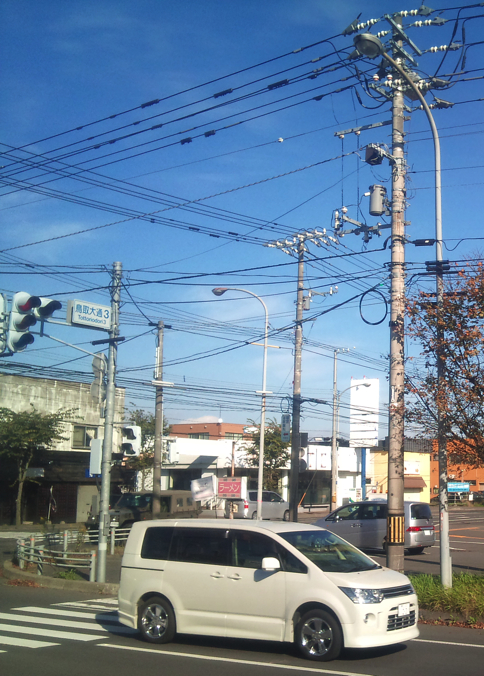Motion in Digital Twin Contribution
August 12th, 2021 | by Andreas Richter
(2 min read)
Do you remember one of our first features about stakeholders of mobility? There, we showed that it makes sense to think outside the box and find stakeholders to collaborate with and share the enormous amount of effort that has to be spent.
We talked about the digital twins that cities have to operate in order to fulfill their duties (e.g. traffic management, monitoring and calculating noise emissions and air pollution). For that they constantly have to update their data which is often done once a year (or even rarer) in costly campaigns such as mobile mapping, aerial surveying.
When the first vehicles came up having dedicated sensors for driver assistant system also ideas came up to use the data as crowed-sourced data source. Mobileye for instance is using the output of the built-in cameras of different OEMs to improve their HD map data pool. But why not using municipal vehicle fleets as such crowd? The public transport or garbage collection vehicles driving on each road of the city could be equipped with sensors to collect data about the road and road mark condition, traffic signs, general infrastructure and vegetation. But it hasn’t really happened…

…until now. The automated driving player Motional (a joint venture of Hyundai Motor Group and the automotive supplier Aptiv) recently announced a collaboration with the energy company Eversource that is offering retail electricity, natural gas service and water service. The idea is to use Motional’s test vehicles and their sensor setup to monitor electric poles and wires. The data will be transmitted to Eversource’s database and will be processed there using machine learning to be used for monitoring and decide on maintenance and repair programs. This is intended to lead to a more stable power supply.
Motional is interested in providing their automated driving services in communities were they are already (or will be) active in parallel to the common Transport and Mobility as a Service approaches. There is a lot of infrastructure out there and, therefore, a huge potential to use such driverless vehicle fleets to digitalize cities and keep them up to date. Motional says they just started to scratch on the surface of this domain and they are absolutely right! We from GEONATIVES are happy to see that previous ideas are finally getting realized. We hope to see more stakeholders in contributing to the digital twin!